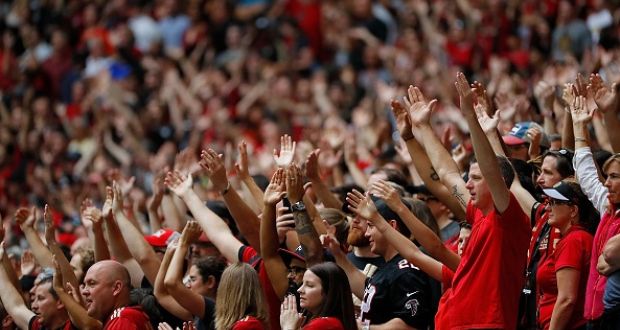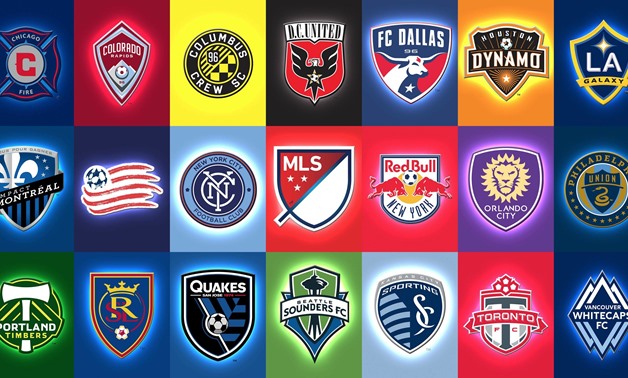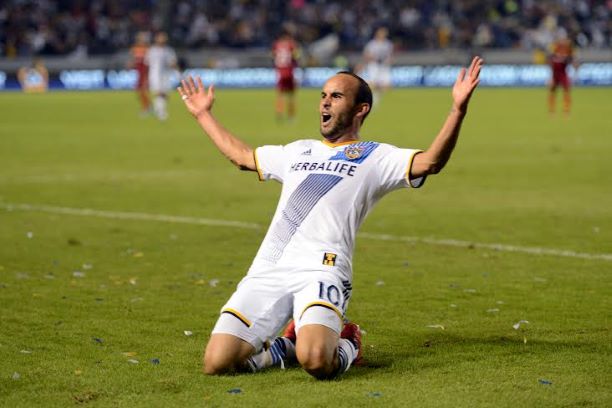The Age of the Super Strikers
The Age of the Super Strikers


As Leo Messi continued to defy defenders, goalkeepers, logic or even the basic laws of the universe in the concluding scenes of this year by overcoming Gerd Muller’s record for the number of goals scored in a single calendar year, in a tantalising feat of self determination, an interesting situation arose. People celebrated the achievement then almost immediately questioned exactly what they were rejoicing.
For until the topic of ‘most goals scored in a calendar year’ had found itself at the heart of modern football’s overbearing gaze in late 2012, nobody had actually realised that the former German and Bayern Munich star had indeed managed such a feat.
Something’s not right here. Gerd Muller was no stranger to the World stage. In fact, he won fourteen trophies with Bayern Munich as well as conquering both the European Championships and the World Cup, so just how did nobody notice when he scored 85 goals in one calendar year?
The simple answer would be that it was a different sport back then; that they didn’t have the information at their finger tips like kids do these days, or – my favourite – that they actually knew how to defend way-back-when.
Yet where such excuses may tickle the opinions of most fans, they cover up a more glaring change between the sport in 1972 and 2012. The pace has risen, the tactics have been tightened and most importantly, players are scoring a lot more goals.
At the forefront of this wave of trigger happy penalty box predators stand the god-like pair of Lionel Messi and Cristiano Ronaldo. Messi’s fifty goals to claim last season’s Golden ‘Shoe’ was a new record for the individual award, while Ronaldo’s forty the season before was a tally matched only twice in the past nineteen years. But the movement doesn’t stop there.
Atlético Madrid’s Radamel Falcao has already scored twenty goals in eighteen games so far in this current campaign. In Germany, Bayern Munich’s own Mario Gomez scored forty-one goals over the course of the club’s season as well as a further three in Euro 2012. In France, Zlatan Ibrahimovic has scored twenty goals in twenty-three games for PSG this season alone.
In fact, if the top three goalscorers in Europe’s top divisions this season (Messi, Falcao and Ibrahimovic) were to mirror their goalscoring in the second half of the campaign, each would finish with more goals than twenty of the past winners of the prestigious award.
The reasons behind such a rise of affluent target-men in not only the quality of their goalscoring, but the sheer number of them, lies in the manner in which tactics have shifted over the course of the past decade and the way in which football teams are bought and assembled.

During the nineties and early noughties, football teams were more willing to favour the traditional and now infamous 4-4-2 formation that specified the importance of out-and-out wingers and two strikers. Of course, two strikers meant no focal point player for attacks and as a result World-class forwards such as Thierry Henry or Ronaldo won the award with relatively low tallies of thirty and thirty-four respectively.
In contrast, the newly in vogue 4-5-1 formation, made popular by the contemporary Barcelona side, is generally based around a forward three of a traditional number ten and two inverted wingers who’s entire game-plan is based around creating chances for the striker and scoring goals of their own. Of course, Pep Guardiola and Tito Vilanova have tinkered with their formations time and time again, but this seems to be the base.
Messi and Ronaldo both rose up the goalscoring charts at Barcelona and Manchester United in the early days of their careers, effectively playing as inverted wingers who found themselves increasingly situated in goalscoring positions in the centre of the pitch – a far cry from the wing-hugging role of the wide midfielder in a classic 4-4-2.
The other trick to this new team shape is that it allows for specialised forwards to prosper where they may have faltered in a 4-4-2 or 4-3-3. A solitary striker supported by three like-minded attacking midfielders allows for an astonishing array of players in all shapes and sizes who are all equally effective at scoring goals.
Robert Lewandowski, Sergio Aguero and Radamel Falcao may look like three men who would have very little in common on a football pitch, yet each player earns his wages by doing the exact same job as the other two: primarily scoring a heap of goals at the forefront of this 4-5-1 formation in each of their formidable teams.
But there is another element to this epidemic of marauding poachers. For behind every great striker is a great creator, and behind every great creator is a great team that accommodates such a flurry of expression and design.
Although Barcelona stand alone as a side one can arguably define as naturally constructed, this most certainly is not the case across Europe’s elite clubs. With more money flowing in to the sport and the spectrum of big and small clubs polarizing further and further, the common trend tends to be a conglomerate of expensively constructed super-clubs, which is exactly where most of these new goalscorers reside.
Whether it be a towering Swede who keeps Paris’ nouveau riche lifestyle from falling off the tracks, a squat Argentinian who wins Manchester City’s first of many Premier League titles in forty-four years, or a particular German with a rather distinct Spanish name whose last gasp goal proves enough to overcome Real Madrid in the semi finals of the Champions League, and put his Bavarian giants through to the final. Each super club has one, and they thrive on that demand.
Like evolution, football twists and squirms in to different shapes over the space of time, and with that change comes the resulting organism that thrives in its new surroundings only to prey upon all that rest below it in the food chain. Change has come for football, and with it there is a new breed of footballer to conquer the sport. Welcome to a new age of football. Welcome to the age of the super striker.
Stefan Bienkowski is a Managing Editor of A Football Report. You can follow him on Twitter @SBienkowski. Comments below please.







